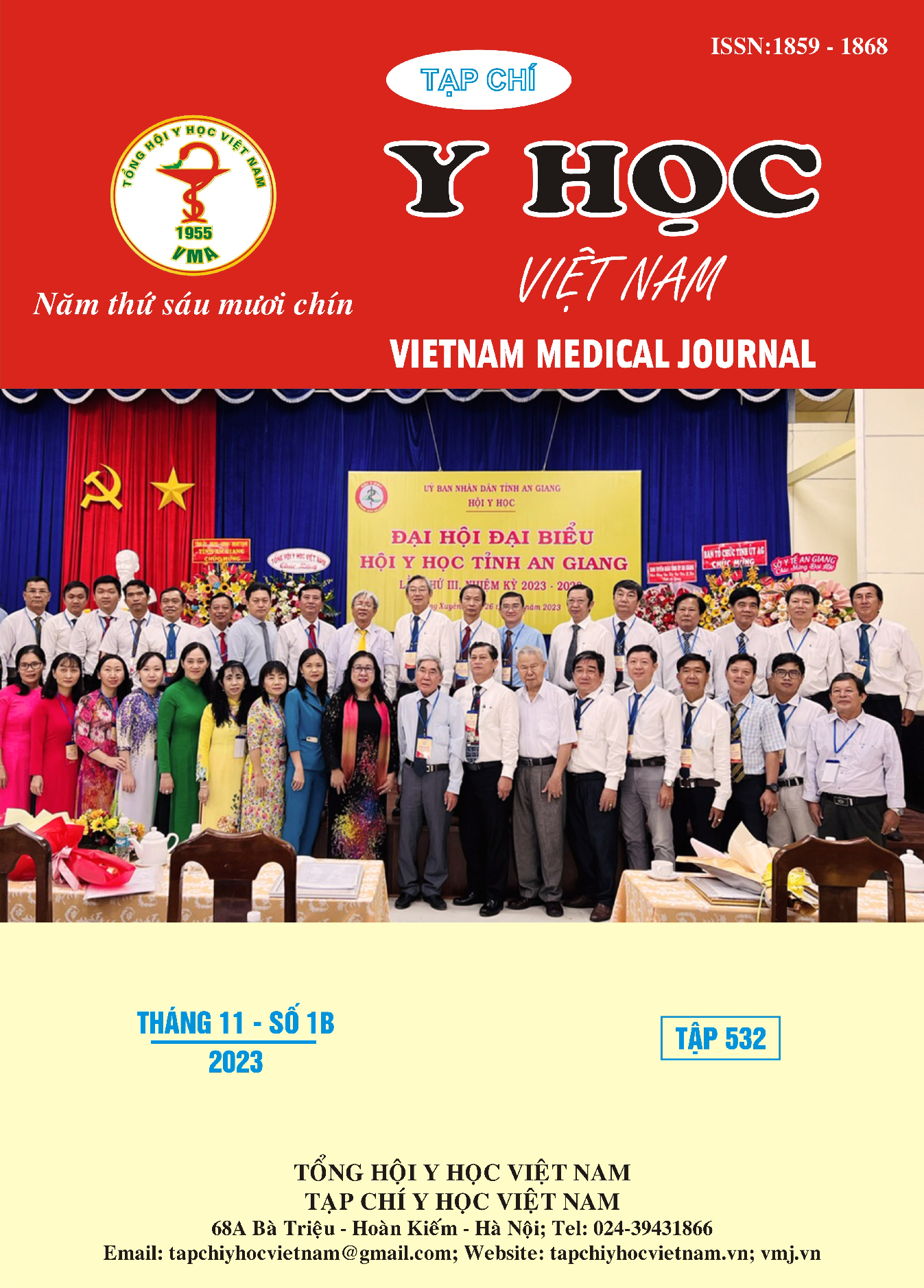RELATIONSHIP OF TROPONIN T TO CARDIAC MRI CRITERIA FOR ACUTE MYOCARDITIS
Main Article Content
Abstract
Background: Cardiac MR criteria for acute myocarditis (Lake Louise Criteria 2018) include scarring as defined by high-signal- intensity areas in late gadolinium enhancement (LGE), and inflammatory markers as defined by an increased early contrast uptake (early gadolinium enhancement, EGE) and edema (increased signal intensity in T2 signal weighted images). Troponin is a widely used clinical marker for cardiomyocyte death; however, the relationship between biochemical markers of myocardial injury and these imaging features has not been clearly established. Objective: To determine the relationship between biochemical marker hs Troponin T of myocardial injury in acute myocarditis and the cardiac magnetic resonance (MR) imaging features. Methods: Fifty-three patients who had troponin-T levels measured at presentation and had the diagnosis of acute myocarditis based on clinical factors and cardiac MR criteria “Lake Louise Criteria” were evaluated. MR images were based on at least one T1-based criterion (increased myocardial T1 relaxation times, extracellular volume fraction, or LGE) with at least one T2-based criterion (increased myocardial T2 relaxation times, visible myocardial edema, or increased T2 signal intensity ratio). Ordinary least-squared linear regression was used to determine the relationship between these imaging features and peak serum troponin-T concentration in the acute presentation. Results: There was a linear increase between T1 and LGE with hs Troponin T concentrations of R² = 0.2, ß = 2.4, p = 0.002 and R² = 0.08, ß = 899.0, p = 0.045, respectively. ECV index and T2 did not show an association with Troponin T concentration, R² = 0.04, ß = 15.8, p = 0.22 and R² = 0.00, ß = -2.1, p = 0.944, respectively. Conclusions: In the setting of acute myocarditis troponin-T concentrations show the strongest correlation with T1 and LGE. There is no correlation between the ECV and T2. These findings suggest that T1 and LGE specifically reflect irreversible myocardial injury, whereas other CMR criteria appear to reflect processes that are not associated with myocardial necrosis.
Article Details
Keywords
Late Gadolinium Enhancement, Beta Coefficient, Increase Signal Intensity, Acute Myocarditis
References
2. Si-Mohamed, S.A.; Restier, L.M.; Branchu, A.; Boccalini, S.; Congi, A.; Ziegler, A.; Tomasevic, D.; Bochaton, T.; Boussel, L.; Douek, P.C. Diagnostic Performance of Extracellular Volume Quantified by Dual-Layer Dual-Energy CT for Detection of Acute Myocarditis. J. Clin. Med. 2021, 10, 3286.
3. Ferreira et al.: Native T1-mapping detects the location, extent and patterns of acute myocarditis without the need for gadolinium contrast agents. Journal of Cardiovascular Magnetic Resonance 2014 16:36.
4. Pan JA, Lee YJ, Salerno M. Diagnostic Performance of Extracellular Volume, Native T1, and T2 Mapping Versus Lake Louise Criteria by Cardiac Magnetic Resonance for Detection of Acute Myocarditis: A Meta-Analysis. Circ Cardiovasc Imaging. 2018 Jul;11(7):e007598.
5. Kersten J, Heck T, Tuchek L, Rottbauer W, Buckert D. The Role of Native T1 Mapping in the Diagnosis of Myocarditis in a Real-World Setting. J Clin Med. 2020 Nov 25;9(12):3810.
6. Behera DR, V K AK, K K NN, S S, Nair KKM, G S, T R K, Gopalakrishnan A, S H. Prognostic value of late gadolinium enhancement in cardiac MRI of non-ischemic dilated cardiomyopathy patients. Indian Heart J. 2020 Sep-Oct;72(5):362-368.


